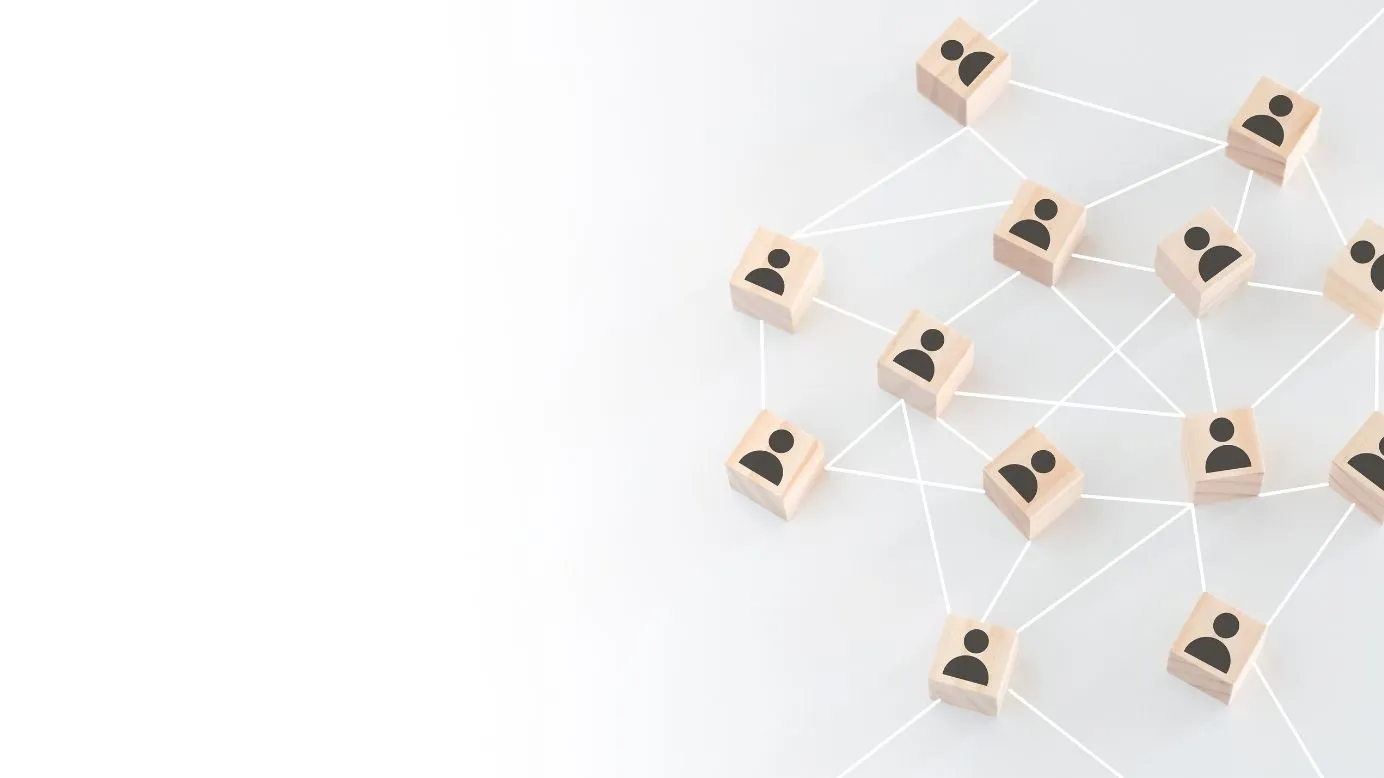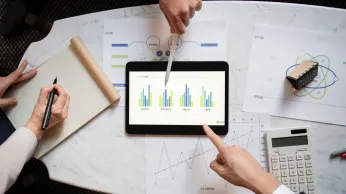B2B or B2C or C2C? It's all Human to Human Marketing
We've spent so much time fighting about what kind of marketing is the best that we often forget what it's about: human-to-human marketing.
In questa pagina
B2B or B2C? This has been one of the most discussed topics in the last five years of our company. A lot of people have raised different kinds of questions on our take on B2B and B2C. And, there are a few other terms to complicate things further. You might have heard of C2C, B2G, and B2B2C. But what about human-to-human marketing?
Manoj Agarwal, co-founder, Xoxoday, shares some of his learnings over the years on this hoopla around these words.
When we started in 2012, we planned to build a B2C-based business. B2C consumer internet businesses were very popular during that period, and we felt that consumers really wanted the product we were building . We started with the group and social gifting which was a pure-play B2C idea. However, within 4-5 months we realized that the idea wasn't working the way we had thought it would.
With some advice, we started taking ‘bulk gifting’ orders. These bulk orders helped us grow the business, build momentum, learn the nuances of running a company, build a team, build a critical consumer base, supplier relations, and much more.
What is human to human marketing?
In management jargon, this was nothing but a B2B business. While we kept following a B2B model, we kept using the learnings we drew from this journey and fine-tuning our overall business model. The cash flow from B2B and the insights from these transactions helped us slowly build our B2C business.
Today, we have a healthy mix of B2B and B2C. Since the world is moving towards a sharing economy and the kind of industry we are in, it makes a lot of sense for us to pursue C2C too. Hence, we have been working towards building a strong C2C model as well where experiences are sold ‘by the people, for the people. Many experiences and activities we provide are facilitated by the government, and hence some part of the business is B2G as well.
We have faced various questions over the last 5 years around this jargon. I am sure many of you must have faced the same. Let me share some of these questions and incidents. In 2012-13, everyone was insane about consumer internet businesses, funded with millions of dollars. During these times, even though we were majorly B2C, our focus was more towards B2B.
Below are some of the questions we faced during those years:
- Why are you doing B2B and B2C together? Are you not losing focus?
- Why are you wasting time on B2B, it’s so slow to grow?
- Why are you not building a B2C and raising big rounds?
- Do you think your B2B model is scalable?
- Have you often seen multi-billion dollar exits in B2B businesses recently?
As we always enjoyed people probing us and asking such questions, all these questions helped us to improvise and fine-tune our business. Sometimes people got confused and frustrated us with these questions.
We faced questions from our employees and other stakeholders. But with the help of our mentors and our determination, we kept our momentum high and tried to stay away from such distractions, while working on any feedback which had a direct impact on our customers or business.
We slowly realized that many people don't really understand the true essence of B2C or B2B. They think these are fundamental business model definitions while actually, they are just channels to reach the consumer. To explain to some of these people, we tried to take a middle path by telling them that it’s not just B2B but it’s actually B2B2C.
You might be thinking what is this new beast 'B2B2C'? In simple language, it’s a business transaction that happens between two businesses, but the final consumption is by a consumer. Well, most of the B2B businesses are in fact B2B2C in terms of consumption, but that's how we MBAs complicate your lives.
Some of the best examples which reinforced our beliefs are:
- Facebook/Google's services are used by billions of consumers, most of its revenues come from B2B.
- The Cola giants are consumer brands, but they also have large B2B sales in hotels, restaurants, and more.
- Many travel brands have a B2C as well as a B2B channel.
- Most of the time, in a B2B transaction, the final consumption is by the end consumer (the story behind another term B2B2C), e.g. MS Office is sold to a business, but the end-user is a consumer.
- Amazon sells to consumers as well as businesses.
In 2016, when many of these inflated consumer internet business models started failing, we faced a different set of questions like:
- Why are you doing B2C? Why don't you just focus on B2B?
- Isn't B2C blowing up your money?
- We have seen the B2C bloodbath before, we are seeing it now. Why don't you just grow your B2B?
- There has hardly been any B2C exit in a decade. Why do you want to do one?
- Isn't B2B more profitable and sustainable than B2C?
Some of our learnings in B2B and B2C over these years helped us find answers to some of these questions. None of these channels are better or worse than the other, none is easier or tougher than the other. It’s about how you maintain a balance between these channels as per your resources and external factors.
Understanding of B2B and B2C
Below is a comprehensive understanding of B2B and b2c:
Business to business (B2B)
B2B (Business-to-Business) refers to the exchange of products, services, or information between two or more businesses, typically involving larger transactions and longer sales cycles.
- It does not require heavy marketing to begin.
- It helps to get immediate feedback and iterations.
- Financial planning is easy. You know the revenue pipeline and can plan your expenses accordingly.
- You get a more controlled environment.
- Reach and scale may be limited
- Entry barriers may be high due to business relationships vis-a-vis competition.
- It helps to build early revenue and cash flows.
- Sales can be people dependent.
- The short head client business possesses risks of failure.
- Decision making may be complex due to multiple stakeholders.
- Generally high ticket deals.
- Usually long term.
- Lengthy sales cycles.
- High impact.
- Relationships are critical.
Business to consumer (B2C)
The term business-to-consumer (B2C) refers to the process of selling products and services directly between a business and consumers who are the end-users of its products or services.
- We might need a heavy marketing focus.
- Consumer feedback may take time.
- Iterations can be costly.
- It’s tough to gauge revenue pipeline and hence expenses can overshoot.
- The environment is less controlled.
- If your product works well, the ROI is very high.
- Reach and scale can be huge.
- Entry barriers may be low to acquire customers vis-a-vis competition.
- It helps to build early brand awareness.
- Sales are generally through a brand pull.
- High customer acquisition costs possess risks of failure.
- The decision-maker is mostly an individual.
The segmentation in terms of business (B2B) and consumer (B2C) behavior is a misleading dichotomy, to begin with. Today, we live in an economy where there is a thin line of difference between a buyer and a seller.
The costs of starting businesses are small, people want to consume rather than build assets, people want to earn while they share. Hence anyone can be a seller or buyer. Businesses are going democratic and differences between B2B and B2C are getting blurred every minute.
Most of the businesses around the world have a good mix of B2B or B2C or B2G or C2C. The way many successful businesses look at these models is just 'channels'. Channels change with consumer preferences, macro and microeconomic factors, a company's long term and short-term plans, a company's financials, and more.
While B2B, B2C, and B2G are traditional and established routes that companies have been taking for many years, business dynamics keep changing and hence newer routes like C2C will keep coming by.
C2C is more common today than before. B2B and B2C might be too short-sighted a view of defining consumer behavior in these times. The marketing trends are also going towards one-to-one communications.
It's all human-to-human marketing
Let's not consider B2B/B2C/B2G/C2C as business models and treat them as if they are mutually exclusive and work in silos. Instead, let's treat them as mere channels to reach out to the consumer.
All or a few of these channels can co-exist. Entrepreneurs and professionals should come out of these walls of B2B, B2C, etc. One or more of these can co-exist in the same business. Instead, what one should focus is on the bigger picture of the business to human marketing.
A smart professional is one who can balance the portfolio among these channels and create value for the business’ stakeholders.
So, let's not confuse ourselves and others with these classifications. Let's keep it simple.
It’s all human-to-human marketing or H2H marketing. It’s for the people and by the people.
Xoxoday Plum empowers businesses to do just that through custom digital gift cards designed for authentic engagement. Whether you're thanking clients, incentivizing partners, or delighting customers, Plum helps you deliver personalized rewards that make people feel seen and valued—across any business model or channel.
It’s a simple yet powerful way to turn everyday transactions into lasting relationships.
The blog was originally published here.


















